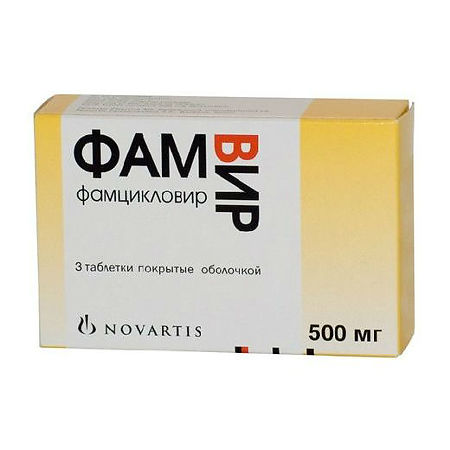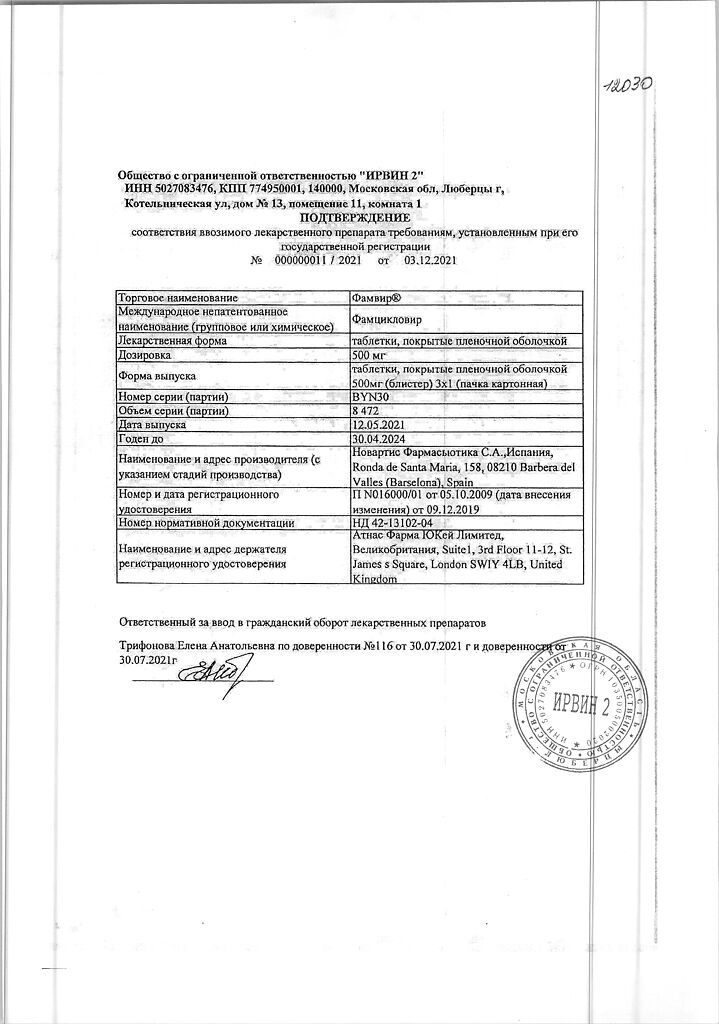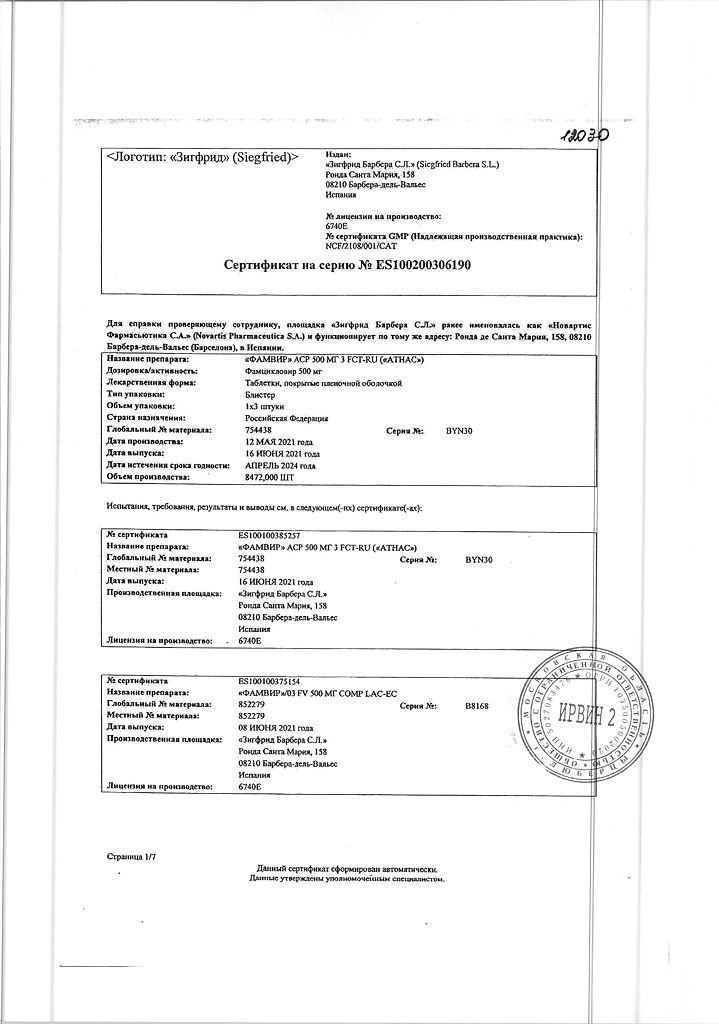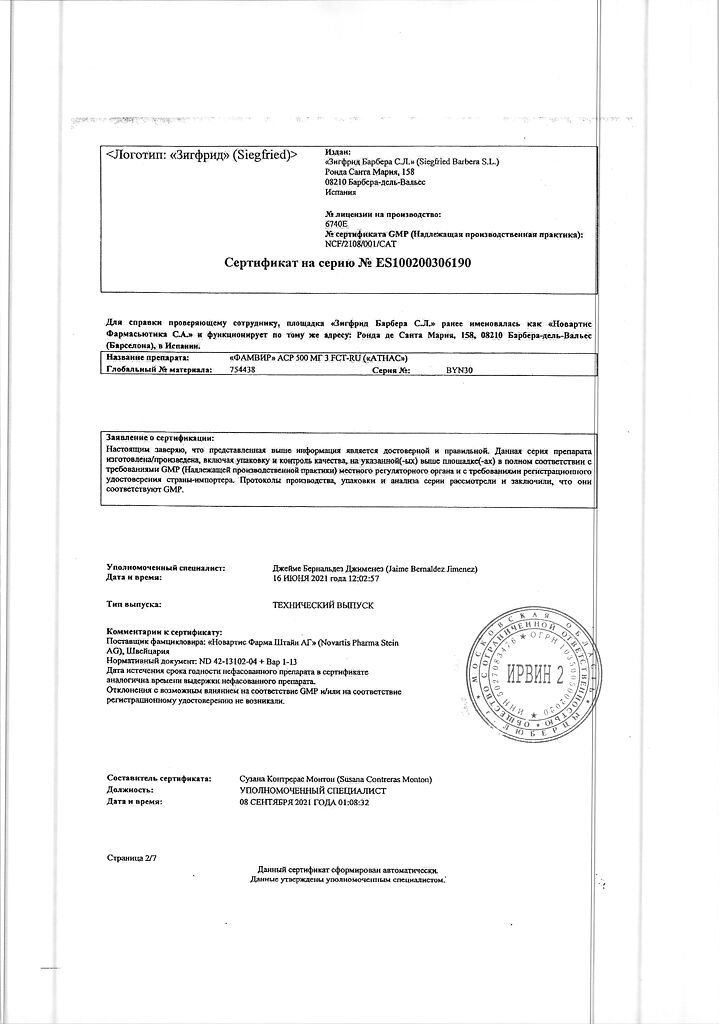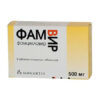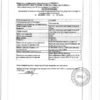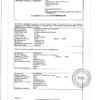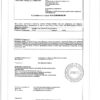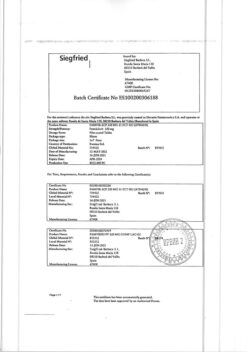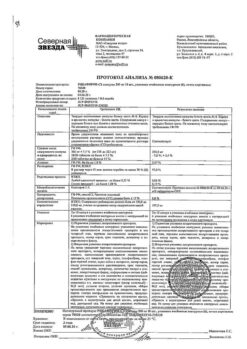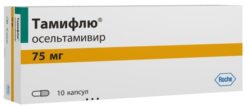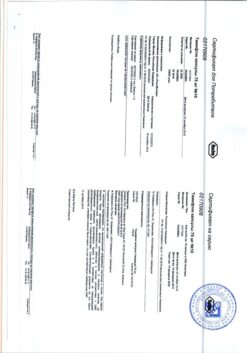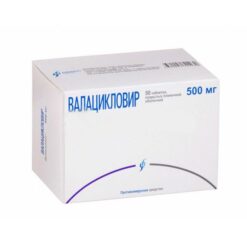Subtotal: €170.63
Pharmacodynamics
Famcyclovir is rapidly converted after oral administration into penciclovir which has activity against human herpes viruses including Varicella zoster and Herpes simplex viruses 1 and II as well as Epstein-Barr and cytomegalovirus.
Penciclovir enters virus-infected cells where it is rapidly converted to monophosphate by the action of viral thymidine kinase, which in turn is converted to triphosphate with the help of cellular enzymes. Penciclovir triphosphate stays in virus-infected cells for more than 12 hours, suppressing viral DNA synthesis and viral replication. The half-life of penciclovir triphosphate in cells infected with Varicella zoster, Herpes simplex I and II viruses is 9, 10 and 20 hours, respectively. The concentration of penciclovir triphosphate in uninfected cells does not exceed the minimum detectable, so in therapeutic concentrations penciclovir has no effect on uninfected cells.
Penciclovir is active against recently discovered acyclovir-resistant strains of Herpes simplex virus with an altered DNA polymerase.
The incidence of resistance to famiclovir (penciclovir) does not exceed 0.19-0.3% in patients with compromised immune status. Administration of famcyclovir significantly reduces the severity and duration of post-herpetic neuralgia in patients with herpes zoster.
In patients with impaired immune status due to infection with human immunodeficiency virus (HIV), famcyclovir at a dose of 500 mg twice daily reduces the number of days of Herpes simplex virus excretion (both with and without clinical manifestations).
Pharmacokinetics
Famcyclovir is quickly and almost completely absorbed after oral administration and is rapidly converted to active penciclovir. Bioavailability of penciclovir after oral administration of Famvir is 77%.
The maximum concentration of pencyclovir after oral administration of 125 mg, 250 mg or 500 mg of Famciclovir is reached after an average of 45 minutes and is 0.8 µg/ml, 1.6 µg/ml and 3.3 µg/ml, respectively. The half-life of pencyclovir from plasma in the final phase after receiving single and repeated doses is about 2 hours. No cumulation has been observed with repeated doses of the drug. Binding to plasma proteins of pencyclovir and its 6-deoxy precursor is less than 20%.
Famcyclovir is excreted mainly in the form of penciclovir and its 6-deoxy precursor, which are excreted unchanged in the urine; famcyclovir is not detected in the urine.
Indications
Infections caused by Varicella-zoster (herpes zoster), including ophthalmic herpes;
Infections caused by Herpes simplex (types I and II): primary infection, exacerbation of chronic infection, suppression of recurrent infection (to prevent exacerbation);
Infections caused by Varicella-zoster and Herpes simplex viruses (types I and II) in HIV-infected patients
Pharmacological effect
Pharmacodynamics
After oral administration, famciclovir is rapidly converted to penciclovir, which is active against human herpes viruses, including Varicella zoster virus and Herpes simplex 1 and II, as well as Epstein-Barr virus and cytomegalovirus.
Penciclovir enters virus-infected cells, where, under the action of viral thymidine kinase, it is quickly converted into monophosphate, which, in turn, with the participation of cellular enzymes, turns into triphosphate. Penciclovir triphosphate remains in virus-infected cells for more than 12 hours, suppressing viral DNA synthesis and viral replication in them. The half-life of penciclovir triphosphate in cells infected with Varicella zoster, Herpes simplex I and II viruses is 9, 10 and 20 hours, respectively. The concentration of penciclovir triphosphate in uninfected cells does not exceed the minimum detectable level, therefore, at therapeutic concentrations, penciclovir has no effect on uninfected cells.
Penciclovir is active against recently discovered acyclovir-resistant strains of the Herpes simplex virus with altered DNA polymerase.
The incidence of resistance to famciclovir (penciclovir) does not exceed 0.19-0.3% in patients with impaired immune status. The administration of famciclovir significantly reduces the severity and duration of postherpetic neuralgia in patients with herpes zoster.
In patients with an impaired immune status due to infection with the human immunodeficiency virus (HIV), famciclovir at a dose of 500 mg 2 times a day reduces the number of days of Herpes simplex virus shedding (both with and without clinical manifestations).
Pharmacokinetics
After oral administration, famciclovir is rapidly and almost completely absorbed and is rapidly converted to active penciclovir. The bioavailability of penciclovir after oral administration of Famvir is 77%.
The maximum concentration of penciclovir after oral administration of 125 mg, 250 mg or 500 mg of famciclovir is achieved on average after 45 minutes and is 0.8 mcg/ml, 1.6 mcg/ml and 3.3 mcg/ml, respectively. The terminal half-life of penciclovir from plasma after single and repeated doses is approximately 2 hours. No accumulation was observed with repeated doses of the drug. Plasma protein binding of penciclovir and its 6-deoxy precursor is less than 20%.
Famciclovir is excreted primarily in the form of penciclovir and its 6-deoxy precursor, which are excreted unchanged in the urine; famciclovir is not detected in urine.
Special instructions
Treatment should begin immediately after diagnosis.
Genital herpes is a sexually transmitted disease. During relapses, the risk of infection increases. In the presence of clinical manifestations of the disease, even if antiviral treatment is started, patients should avoid sexual intercourse.
Impact on the ability to drive a car and operate machinery
The effect of Famvir on the ability to drive a car and operate machinery has not been studied.
Active ingredient
Famciclovir
Composition
1 film-coated tablet contains:
active ingredient:
500 mg famciclovir,
excipients:
hydroxypropylcellulose,
lactose anhydrous,
sodium starch glycolate,
magnesium stearate;
film coating:
hypromellose, titanium dioxide,
PEG.
Pregnancy
Experimental studies have not revealed the embryotoxic and teratogenic effects of famciclovir and penciclovir. Since the safety of Famvir in pregnant and lactating women has not been studied, its use during pregnancy and lactation is not recommended unless the possible benefit of treatment for the mother outweighs the potential risk to the fetus and child.
Studies in rats treated with famciclovir orally have shown that penciclovir is excreted in breast milk. It is not known whether penciclovir is excreted into breast milk in humans.
Famciclovir does not have a significant effect on sperm count, morphology or motility of human sperm. A decrease in fertility was noted in an experimental model in male rats receiving famciclovir at a dose of 500 mg/kg body weight; in female rats, no pronounced decrease in fertility was noted.
Use in children:
The effectiveness and safety of Famvir in children have not been studied, so its use in this category of patients is not recommended unless the potential benefits of therapy outweigh the possible risk of complications.
Contraindications
Hypersensitivity to famciclovir or any of the components of Famvir. Hypersensitivity to penciclovir.
Side Effects
Mild to moderate headaches and nausea were reported with the same frequency as patients receiving placebo.
Vomiting, dizziness, diarrhea, skin rash and, predominantly in elderly patients, confusion and hallucinations have been reported rarely.
In patients with reduced immunity, abdominal pain, fever, and rarely granulocytopenia and thrombocytopenia were also observed.
Interaction
There were no clinically significant pharmacokinetic interactions of famciclovir with other drugs.
There was no effect of famciclovir on the cytochrome P450 system.
Drugs that block tubular secretion may increase penciclovir plasma concentrations.
Overdose
The described cases of overdose (10.5 g) of Famvir were not accompanied by clinical manifestations.
Treatment: symptomatic. If recommendations for reducing the dose of famciclovir are not followed, taking into account renal function, cases of acute renal failure have been reported in patients with kidney disease.
Penciclovir is eliminated during hemodialysis
Storage conditions
At a temperature not exceeding 30 °C
Shelf life
3 years
Manufacturer
Siegfried Barbera S.L., Spain
| Shelf life | 3 years |
|---|---|
| Conditions of storage | At a temperature not exceeding 30 °C |
| Manufacturer | Siegfried Barbera S.L., Spain |
| Medication form | pills |
| Brand | Siegfried Barbera S.L. |
Related products
Buy Famvir, 500 mg 3 pcs with delivery to USA, UK, Europe and over 120 other countries.


